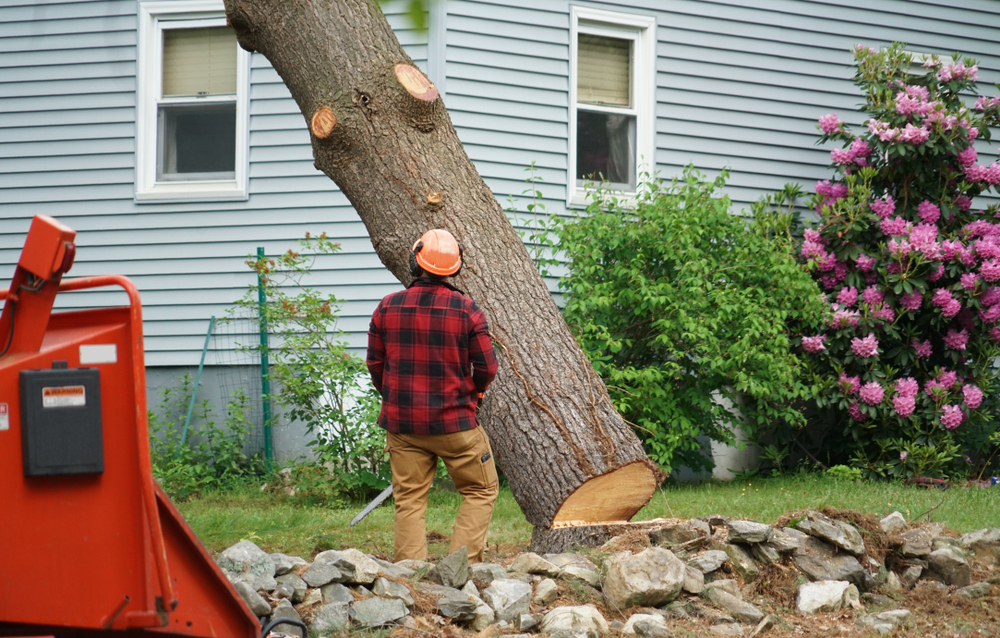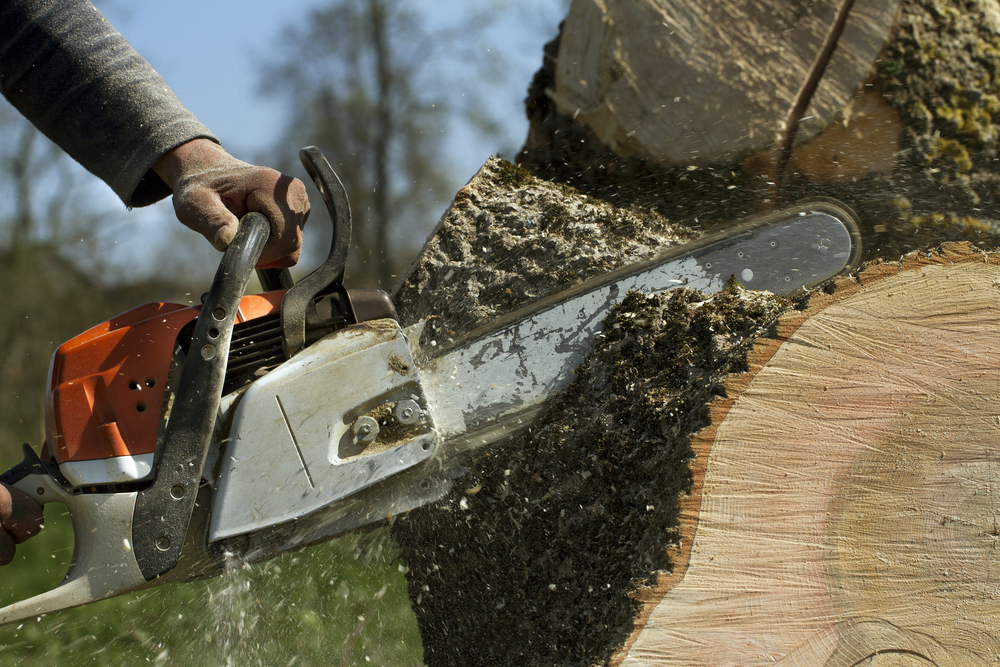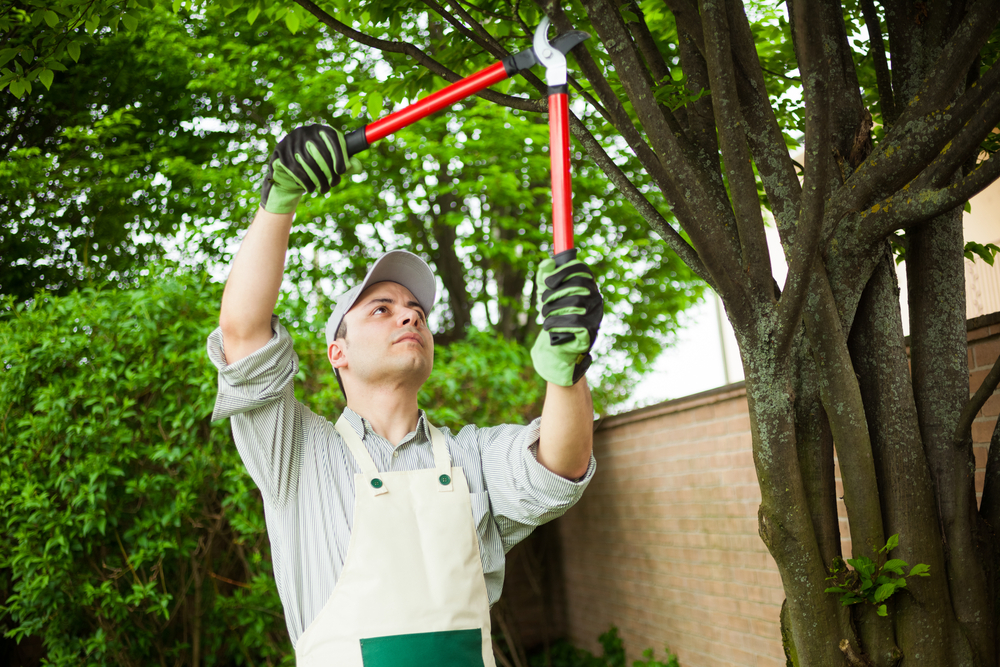Smart Tree Care Tips for Safe Trimming and Removal
Introduction: Caring for the trees on your property involves more than just occasional watering or admiring their beauty. To keep your trees healthy, safe, and visually appealing, knowing when and how to trim them — and when removal is necessary — is essential. Whether you’re dealing with overgrown limbs, storm damage, or trees that pose a safety risk, proper care methods protect your landscape and ensure long-term growth. With the right approach, tree trimming and removal can be done safely and efficiently, whether you’re doing it yourself or hiring a pro.
Tree Trimming Best Practices for Long-Term Health and Safety
Understanding the Purpose of Pruning
Trimming a tree isn’t just about aesthetics — it’s a fundamental aspect of maintaining tree health and safety. Regular pruning helps remove dead or diseased branches, improve airflow and light penetration, and prevent structural issues as the tree matures. For young trees, proper pruning guides their growth, helping to form a strong central leader and well-balanced limbs. For mature trees, targeted trimming can reduce the risk of branch failure during storms or high winds, particularly near structures or walkways.
When to Trim Trees for Optimal Results
Timing is just as important as technique. Most deciduous trees benefit from pruning during late winter or early spring while they are still dormant. This minimizes stress on the tree and gives it time to heal before the growing season begins. For flowering trees, it’s best to prune right after the blooming period to avoid cutting off next year’s buds. Avoid trimming in mid-summer or fall, as this can make trees vulnerable to disease or sap loss. Always inspect the tree beforehand, looking for signs of stress, pests, or rot before beginning work.

Safety Tips for DIY Tree Trimming and Hazard Awareness
Know Your Limits and Use Proper Tools
Tree trimming can be dangerous without the right preparation and equipment. If you plan to handle small trees or low branches, make sure you use clean, sharp tools like loppers, pruning saws, and pole pruners. Wear protective gear such as gloves, safety glasses, hard hats, and sturdy footwear. Never use a chainsaw above shoulder height, and avoid trimming from a ladder without assistance. If power lines are involved or the tree is large, it’s best to contact a certified arborist. Safety should always come first.
Recognize Tree Hazards Before You Cut
Before any cutting begins, survey the area around the tree. Identify where branches could fall and plan an escape path if needed. Look for signs of internal decay, such as hollow sounds when knocking on the trunk, deep cracks, fungal growth, or excessive leaning. These are indicators that the tree may be unstable and could collapse unpredictably. If there’s any doubt about the tree’s integrity or the complexity of the job, professional tree care services are the safest route.

Responsible Tree Removal and What to Consider
Knowing When a Tree Needs to Be Removed
Tree removal is a last resort, but sometimes it’s necessary to protect your home or other trees. Dead or dying trees pose a serious safety hazard, especially during storms. Trees that are too close to foundations, driveways, or utility lines can cause structural issues or become legal liabilities. Root systems that uplift sidewalks or sewer lines also make removal necessary. Additionally, trees that block sunlight or crowd other plants may be better replaced with something more suitable for the landscape.
What to Expect During Professional Removal
If you choose to hire a tree removal service, they will typically start with a risk assessment and site plan. Professionals may use climbing gear, cranes, or bucket trucks depending on the size and location of the tree. After the tree is brought down in sections, the remaining stump can either be ground down or removed entirely. Some services offer optional cleanup or mulch recycling using chipped branches. Always ensure the company is licensed, insured, and follows local tree ordinances.

Conclusion
Smart tree care is a vital part of maintaining a safe, attractive, and healthy property. Whether you’re pruning for shape, safety, or plant health, or making the tough decision to remove a tree, having the right knowledge makes all the difference. By trimming at the right time, staying safe, and knowing when to call in the pros, you can protect your investment and enjoy your outdoor space for years to come. Don’t wait for a problem to fall — take action early with these tree care best practices. Get in touch with us right now to learn more about our tree services as well as our Lawn Mowing, Landscaping & Tree Services.

SERVICES
Lawn Mowing
Landscaping
Patios
Tree Services
Fire Pits
Artificial Grass
Sod
French Drain
Fertilizer
Irrigation
Outdoor Living Spaces
Outdoor Kitchens
Retaining Walls
Pavers
Lawn Aeration
Hardscaping
Lawn Edging
Landscape Design
Landscape Lighting
Lawn Care
Drainage
SERVICE AREAS
Corona
Eastvale
Norco
Jurupa Valley
Riverside
Rancho Cucamonga
Yorba Linda
Woodcrest
Ontario
Placentia
Anaheim
Irvine
Moreno Valley
Stanton
Garden Grove
Santa Ana
Huntington Beach
Chino
Temecula
Orange
Fullerton
Perris
Mission Viejo
Lake Elsinore
Murrieta
San Jacinto
Menifee
San Bernadino
Colton

"*" indicates required fields
 info@m1landscapingllc.com
info@m1landscapingllc.com